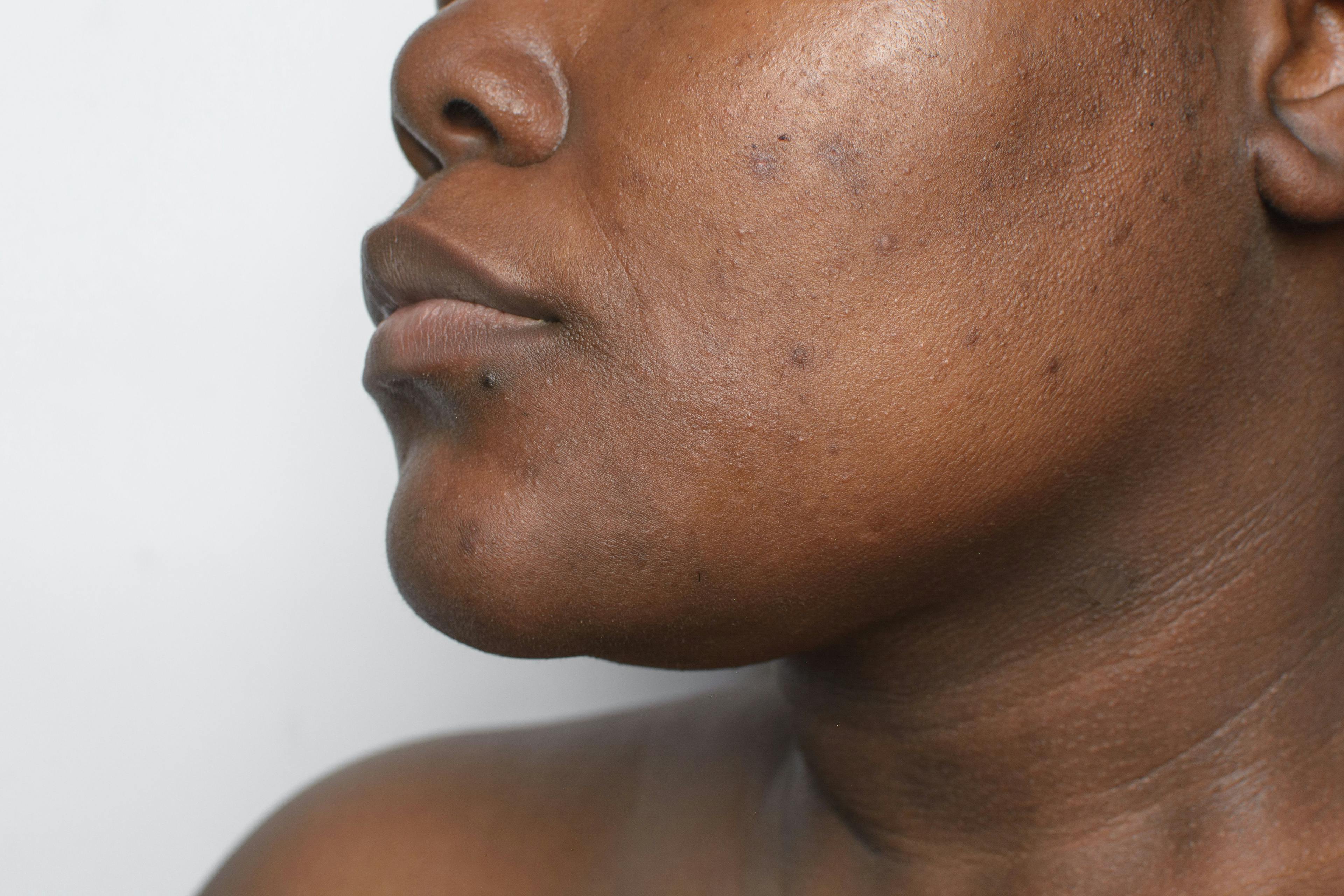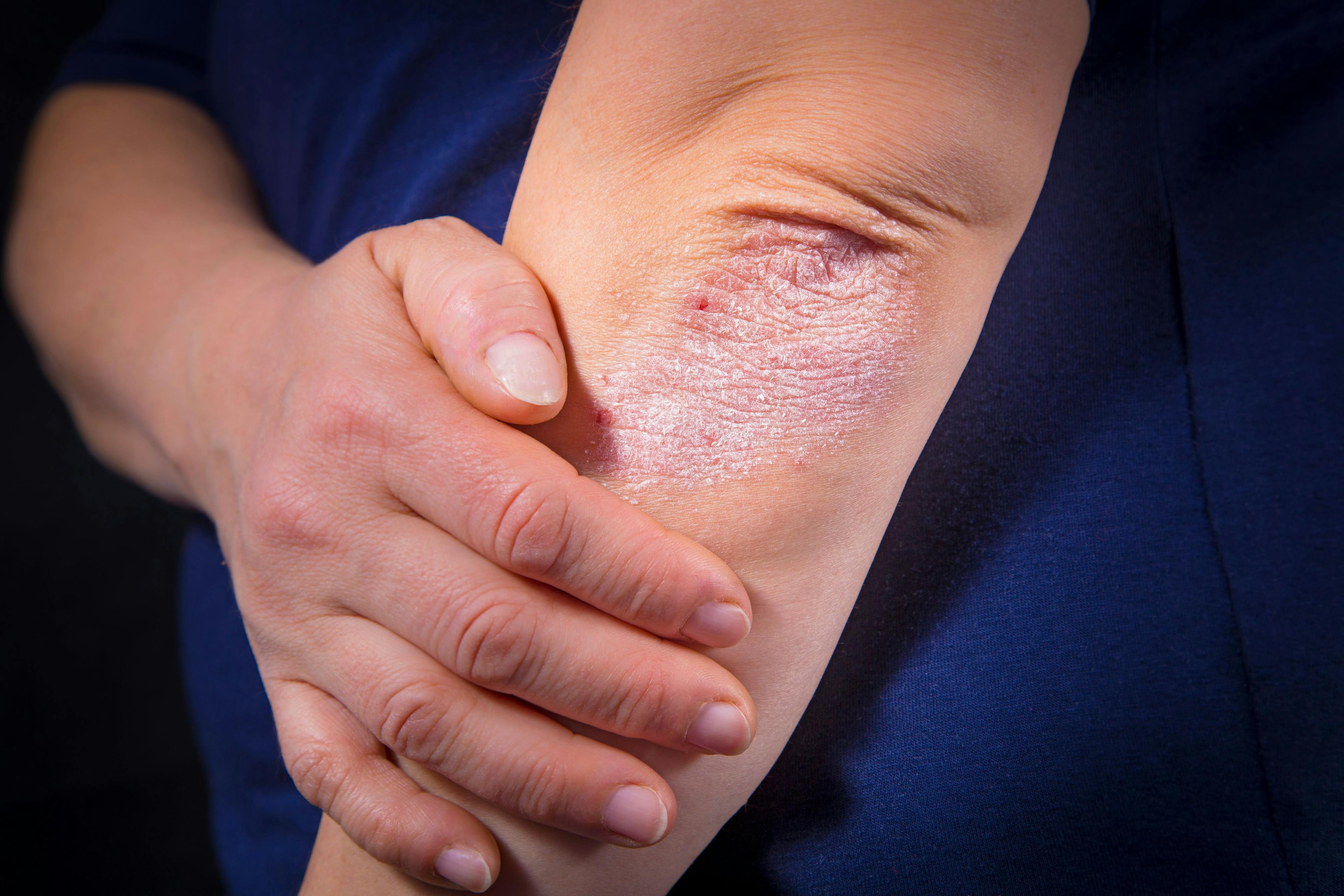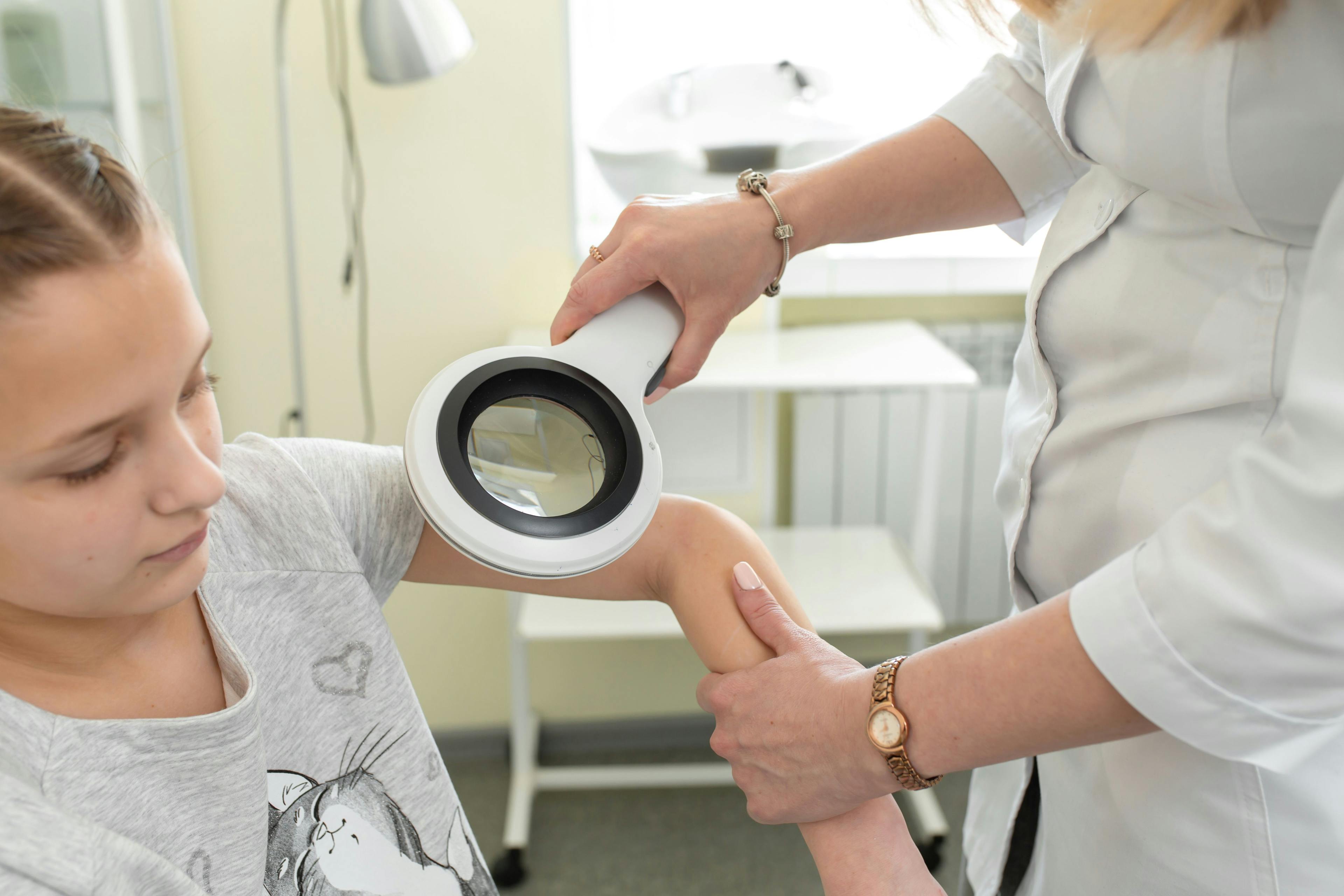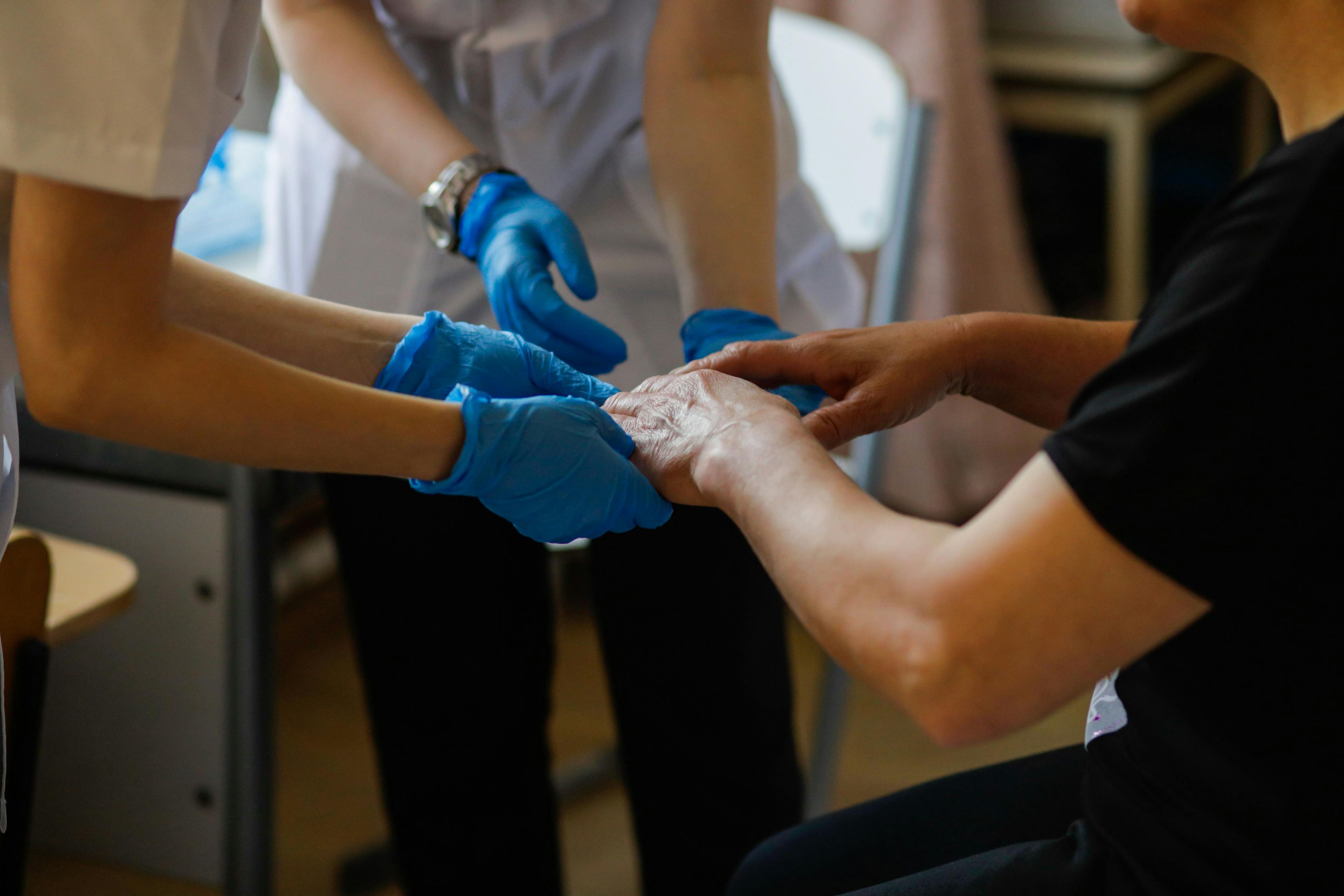- Acne
- Actinic Keratosis
- Aesthetics
- Alopecia
- Atopic Dermatitis
- Buy-and-Bill
- COVID-19
- Case-Based Roundtable
- Chronic Hand Eczema
- Chronic Spontaneous Urticaria
- Drug Watch
- Eczema
- General Dermatology
- Hidradenitis Suppurativa
- Melasma
- NP and PA
- Pediatric Dermatology
- Pigmentary Disorders
- Practice Management
- Precision Medicine and Biologics
- Prurigo Nodularis
- Psoriasis
- Psoriatic Arthritis
- Rare Disease
- Rosacea
- Skin Cancer
- Vitiligo
- Wound Care
Publication
Article
Dermatology Times
Top 4 Clinical Pearls for the Management of Plaque Psoriasis
Author(s):
Alexandra Golant, MD, and Mona Shahriari, MD, shared pearls regarding the role of nonsteroidal topicals in the treatment of plaque psoriasis.
“We are, in inflammatory skin diseases in general, at the tip of the iceberg in terms of how we understand the sheer heterogeneity of [plaque psoriasis], not only from a cytokine standpoint, but also from a disease presentation standpoint,” said Alexandra Golant, MD, in a recent Dermatology Times DermView custom video series, “Topical Therapy for Plaque Psoriasis: Efficacy, Safety, and Practical Considerations.” Golant, the medical director of the dermatology faculty practice and the program director of the dermatology residency program at Mount Sinai in New York, New York, was joined by Mona Shahriari, MD, to discuss the role of nonsteroid topicals in the treatment of plaque psoriasis, including the safety and efficacy of these treatments and their role in the management of patients with plaque psoriasis.
Alexandra Golant, MD, and Mona Shahriari, MD, joined Dermatology Times to share pearls on the management of plaque psoriasis.

Shahriari, an assistant clinical professor of dermatology at Yale School of Medicine, the associate director of clinical trials at CCD Research, and a senior editor for the Journal of Psoriasis and Psoriatic Arthritis, began the discussion by reviewing the numerous inflammatory cytokines responsible for the development of plaque psoriasis.
Clinical Pearl #1 The burden of psoriasis goes beyond the skin
According to Shahriari, there are many different proinflammatory cytokines involved in the development of plaque psoriasis, including IL-17, IL-23, and TNF-α, all of which can also have systemic effects. Golant also discussed how there has been an evolution in how dermatology professionals counsel their patients about their disease to let them know that their concerns are understood.
“I always say that the multidimensional burden of psoriasis goes beyond the skin. Those cytokines can go to other places in the body; they go to the joints, and you can get psoriatic arthritis, they can impact the gut, and you can get inflammatory bowel disease. Other comorbidities like metabolic syndrome, cardiovascular disease, hypertension, and diabetes are also well-known associations with this condition,” said Shahriari.
Clinical Pearl #2 Plaque psoriasis presents differently in patients with skin of color
Golant mentioned that many dermatology professionals learned from textbooks that only included patients with white skin. She mentioned that recognizing the different patterns in the presentation of psoriasis on different Fitzpatrick skin types is currently a hot topic in dermatology. For example, “the way that erythema looks in a fair-skinned patient, that kind of bright red that smacks you in the face, is very different than how erythema can present in a skin-of-color patient; it can be much more subtle and violaceous,” said Golant.
Shahriari noted that treating patients with skin of color is a passion of hers, and she sees many patients with skin of color with psoriasis.
“One thing I find is [patients with skin of color] do tend to have more nontraditional presentations. Pustular psoriasis being more common and erythrodermic psoriasis being more common. Interestingly, these patients are always more severe when they present to me. Obviously, there’s some genetic factors at play and some environmental factors at play, but I also think the social determinants of health really play a role in that presentation,” said Shahriari. “Sometimes, these patients don’t have access to a specialist, so maybe they’re not getting diagnosed correctly. Or they go to a dermatologist and the dermatologist is not well versed in diagnosing psoriasis in skin of color.”
Clinical Pearl #3 Topical corticosteroids are not always the gold standard
When diving into treatment options, both Golant and Shahriari noted that corticosteroids aren’t necessarily the best treatment anymore. “I think we overestimate the effect of a topical corticosteroid because we’ve had it forever. When you look at the data of our patients using topical corticosteroids, a lot of them are not getting completely clear. With nonsteroidals, efficacy is pretty darn good with a favorable safety profile,” said Shahriari.
Golant agreed and said she feels more comfortable giving patients a nonsteroidal that can still be used in sensitive areas without fear of skin reactions.
Clinical Pearl #4 Utilize the newer topical psoriasis agents in your practice
Golant and Shahriari concluded their discussion by reviewing the currently available topical agents for psoriasis, including:
Roflumilast
A topical PDE4 inhibitor that modifies cyclic AMP levels that leads to an inhibition of proinflammatory cytokines, including IL-17, IL-23, and TNF-α.
“I think that what has made roflumilast different and kind of novel in the space is the really excellent delivery mechanism that this molecule contains,” said Golant.
Roflumilast’s HydroARQ technology allows for the vehicle to spread nicely on the skin and get absorbed quickly, and then the medicine gets through the skin barrier without disrupting the skin barrier, which I think are all key features that we want to see in a topical agent for our patients,” said Shahriari.
Tapinarof
An aryl hydrocarbon receptor (AHR) agonist that binds to AHRs to modulate different molecules that affect the skin and downregulate some of the proinflammatory cytokines that play a role in psoriasis.
“This molecule, very similar to roflumilast, has really been elegant on the skin and does a really nice job of calming down the signs and symptoms of psoriasis on the skin. It also has that once-a-day dosing regimen, which is nice for our patients,” said Shahriari.
“I think what excites me so much also about tapinarof is it’s so great to have a truly new mechanism of action in the space. What really excites me about the data for both [roflumilast and tapinarof] is the really excellent itch data that we see. Personally, I think [itch] is not always something that we ask enough about in our patients with psoriasis,” said Golant.

Newsletter
Like what you’re reading? Subscribe to Dermatology Times for weekly updates on therapies, innovations, and real-world practice tips.






















